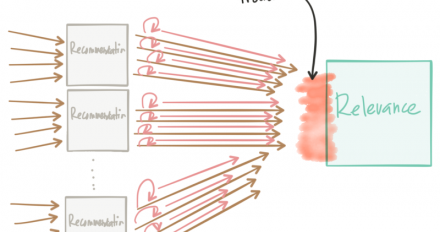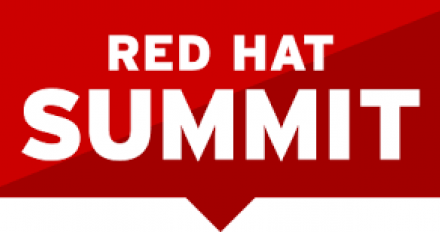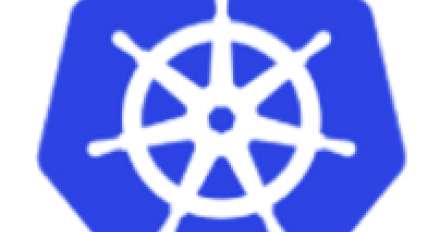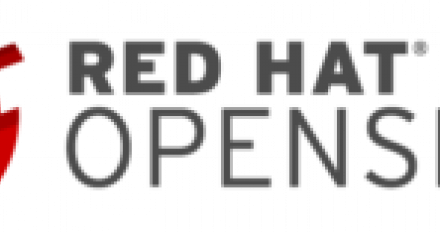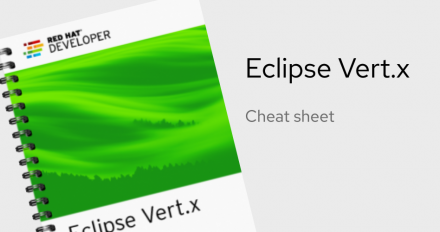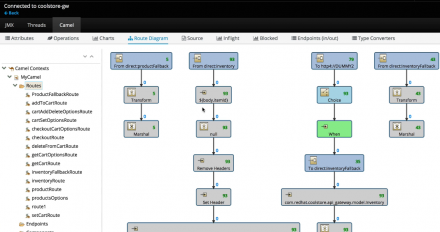
JGroups - An effective framework for cluster communication
Today, when microservices are widely used we often need a tool for sending messages throughout the cluster. During the presentation we will learn how to send information between nodes, invoke RPCs or even coordinate distributed task execution. Clustering might be fun!


